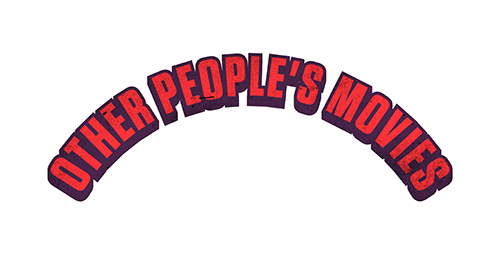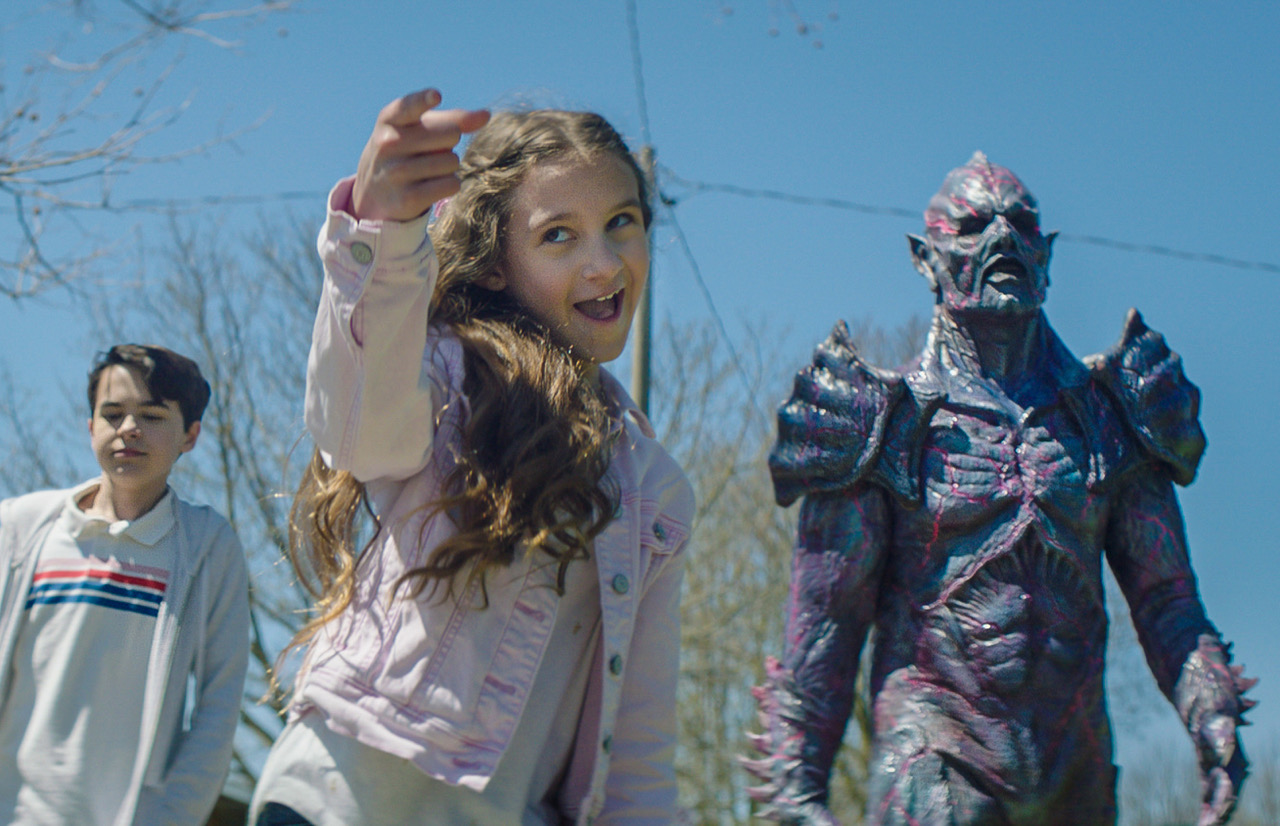
Newly released, The Standoff at Sparrow Creek is like Narc meets Reservoir Dogs with the mood and pacing of Alien. It’s a lean and mean, down and dirty mystery/thriller that languidly unfolds with increasing (and unrelenting) suspense, then erupts with a dizzying climax that is as concerned with connecting its pieces into a thematic hole as it is with blowing and messing with our minds for the simple pleasure of it.
A group of seven militiamen are sequestered in their hideaway at a lumber mill because a recent shooting at a police funeral could point authorities in their direction. Gannon, a former police officer, soon discovers that an unidentified member of their group is responsible for the killings. Police shootings begin to spread across the country, and Gannon takes it upon himself to quarantine and interrogate the men before a nationwide witch-hunt wreaks havoc on them all.
Simplicity in location and story allow for this low budget film to exist. Where it lacks in expensive spectacle, The Standoff at Sparrow Creek makes up for in complex character development and finessed craftsmanship in its filmmaking. The film has to rely on the ingenuity of its filmmakers, the strength of is screenplay, and the skill of its cast in order to succeed—which it does in just about every imaginable way.
Writer/director Henry Dunham delivers one of the most exciting feature film debuts of the last few years. His approach echoes Kubrick, Ridley Scott, and Michael Mann—but does so while standing completely on its own. Dunham and cinematographer Jackson Hunt’s camera setups are minimized and careful. Hunt’s stylish noir lighting shows us just enough information to keep us interested while simultaneously (and expertly) making us ever-so-slightly strain to see more into the shadows he so beautifully casts throughout the film.
The Standoff at Sparrow Creek fully engages us with the tools of a successful stage play, but is such a wholly cinematic experience that it’s hard to compare it to any other medium. There is no musical score to the film, and Dunham and editor Jackson Hunt wisely let specific shots and moments linger. The film flows organically with the strengths of Dunham’s staging and the nuances of its excellent ensemble cast. It’s one of the best modern examples of an “in-camera” movie that doesn’t rely on post-production for its greatest assets.
A group of recognizable character actors (but no current movie stars) play the militiamen. James Badge Dale, Chris Mulkey, Brian Geraghty, Patrick Fischler, Happy Anderson, Robert Aramayo, and Gene Jones are all outstanding with what they individually bring to the table. It’s particularly good to see Mulkey, a former Twin Peaks regular, shine with such a meaty role he can sink his teeth into.
James Badge Dale, however, is the most notable amongst the noteworthy. He effortlessly carries the weight of the film on his shoulders with his portrayal of Gannon. Dale exhibits a classic movie star masculinity combined with the commitment and subtlety of a seasoned professional. His presence is quietly intense and integrity-laden. If The Standoff at Sparrow Creek doesn’t immediately put him on the road to becoming an enormous star, then there is truly very little that makes sense about the film industry today.
Without an ounce of fat on its under-ninety-minute runtime, The Standoff at Sparrow Creek sneaks up on you and ultimately works on so many different levels that it will leave you dizzy by the time its end credits roll. It’s an engaging thriller that quietly morphs into a character study about trust and loneliness without losing focus on its genre.
The Standoff at Sparrow Creek starts the year off right–but not without setting some intimidatingly high standards for all the films to follow. We’ll see how they fare, but for now we can all enjoy and appreciate the fact that the the first great film of 2019 has officially arrived.
GRADE: A



